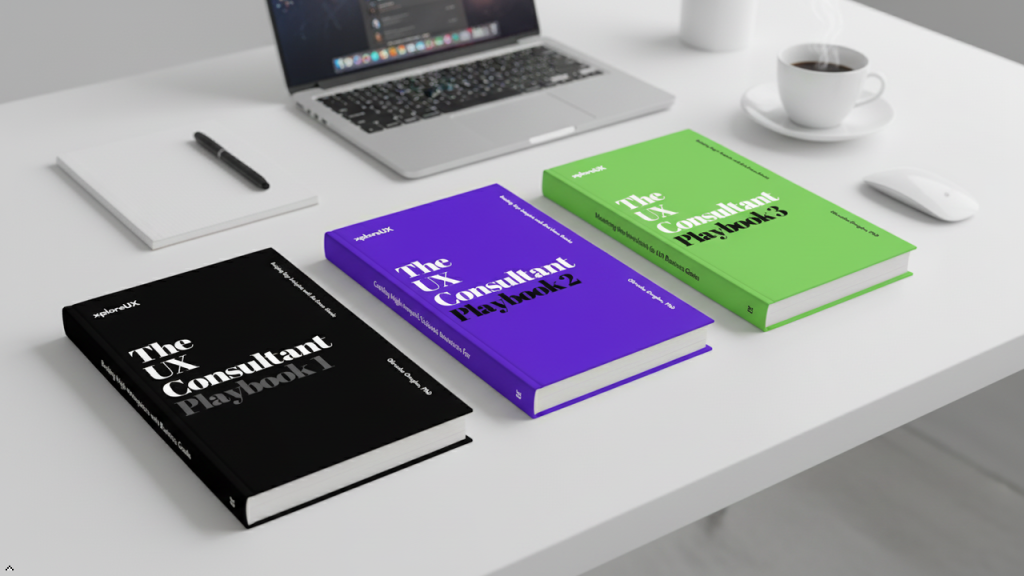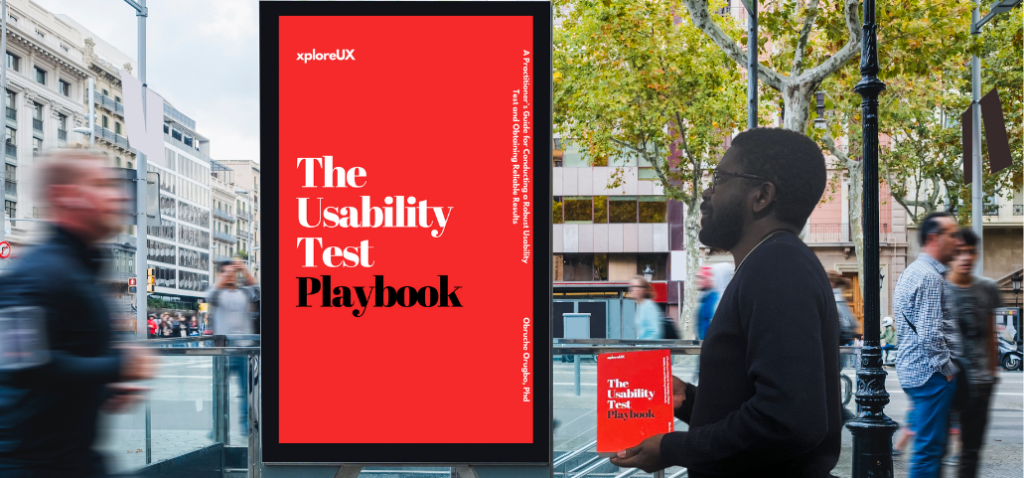
Contextual Inquiry: Diving Deep into User Needs. Have you ever wondered how your favourite apps and websites came to be? How designers craft those intuitive experiences that seem effortless to use? The answer lies in user research, and a powerful technique called Contextual Inquiry.
This blog post dives into the world of Contextual Inquiry, a method that unlocks a treasure trove of user needs by observing real user behaviour and asking insightful questions. By understanding users in their natural environment, we can design experiences that truly resonate with them.
Contextual Inquiry goes beyond traditional surveys and interviews. It involves observing users in their natural environment as they tackle tasks relevant to your design. Imagine you’re designing a grocery shopping app.
Contextual Inquiry would involve observing users navigating grocery stores, making shopping lists, and interacting with existing apps. This unveils the nitty-gritty of how people currently manage their grocery shopping, providing invaluable insights for your design.
Contextual Inquiry offers a treasure trove of benefits for user-centered design:
• Unveiling Unspoken Needs: By observing users in their natural habitat, we discover needs they might not even be aware of. This can lead to unexpected and innovative design solutions. Imagine a grocery app that suggests recipes based on dietary restrictions observed during a session, catering to a hidden user need.
• Building Deeper Understanding: We move beyond surface-level interactions and delve into the user’s emotional state, thought process, and the challenges they face. Observing a user struggle with a complex app interface in a crowded supermarket can lead to a simplified, intuitive design that thrives in real-world scenarios.
• Cultivating Empathy for Users: Witnessing firsthand how users grapple with current solutions fosters a deep connection with their needs. Observing an elderly user struggling to read tiny text can fuel the design of an age-inclusive interface with clear, large fonts.
Ready to leverage the power of Contextual Inquiry? Here’s a step-by-step guide:
1. Define Goals and Target Users: What do you want to learn? Who are your ideal participants? Understanding your target user demographics, behaviors, and goals is crucial for recruiting the right people.
2. Assemble Your Crew: Find users who embody your target audience. Look for online platforms, user groups, or even personal networks to find participants.
3. Setting the Stage: Schedule sessions in a comfortable environment, like the user’s home or workplace. Prepare an interview guide with open-ended questions to spark deeper exploration. Obtain informed consent and ensure participant anonymity to build trust.
4. Conducting the Session: Maintain a relaxed conversation, allowing users to feel comfortable sharing their experiences. Observe them as they complete tasks and ask thoughtful questions to understand their thought process. Take detailed notes and consider recording the session with permission for later analysis.
5. Data Analysis and Synthesis: After the session, meticulously analyse your notes and recordings to identify patterns, recurring themes, and key insights. Use these findings to inform design decisions and iterate on your prototypes.
Contextual Inquiry is a powerful tool, but it’s just one piece of the user research puzzle. Here are ways to create a well-rounded understanding of your users:
• A Multi-Method Approach: Combine Contextual Inquiry with other techniques like card sorting exercises to understand how users categorize information, or usability testing to evaluate your design prototypes. This paints a holistic picture of user needs and preferences.
• Thinking Globally, Acting Locally: While remote research offers exciting possibilities, in-person observation in a user’s natural environment provides the richest data. Consider video conferencing for geographically diverse participants, but whenever possible, prioritize in-person sessions for deeper insights.
• The Power of Storytelling: Transform your user research findings into compelling narratives to captivate stakeholders and team members. Integrate user quotes, video snippets, and impactful takeaways into presentations. Tell a story with user experiences at the heart to bridge the gap between research and design decisions.
Like any research endeavour, Contextual Inquiry has ethical considerations:
• Informed Consent: Respect the user’s right to participate voluntarily. Provide clear information about the research process, data collection, and usage. Obtain written consent forms before commencing the session.
• Confidentiality and Anonymity: Protect user privacy by anonymizing all collected data. Reports and presentations should safeguard user identities. Never share personal information or quotes in a way that could be traced back to an individual.
• Respecting User Time: Acknowledge the value of participants’ time by offering compensation, such as an honorarium, gift card, or charitable donation. This shows respect and fosters positive relationships within your user research community.
Contextual Inquiry takes you on a journey into the real world of your users. You witness firsthand how they interact with existing products and services, uncovering hidden needs, frustrations, and opportunities for improvement that traditional methods might miss.
Contextual Inquiry is more than just gathering information; it’s about building empathy. By seeing things through your users’ eyes, you can create solutions that resonate on a deeper level. Imagine the impact of presenting a grocery app design alongside a video clip showing an elderly user struggling with a competitor’s app. This powerful storytelling approach fosters empathy and ensures design decisions are driven by a deep understanding of user needs.
Contextual Inquiry isn’t a one-time fix. It’s a continuous process of observation, learning, and refining. The more you iterate based on user insights, the closer you get to user-centric solutions that stand the test of time.
Here are some concluding thoughts:
Have you harnessed the power of Contextual Inquiry? Share your experiences and insights in the comments below. Did you use any creative research methods or encounter any unexpected challenges? Let’s continue the conversation and learn from each other.
Remember, happy user researching leads to successful user-centered design!
I hope this blog post has shed light on the power of Contextual Inquiry. By incorporating this technique into your UX design process, you can ensure you’re creating products and services that truly meet the needs of your users.
The landscape of user research is constantly evolving, and Contextual Inquiry is no exception. As technology advances, we can expect to see new and innovative ways to conduct contextual research:
• Emerging technologies: Virtual reality (VR) and augmented reality (AR) offer exciting possibilities for simulating user environments and conducting remote contextual inquiries. Imagine observing a user navigate a virtual grocery store to test a new app concept.
• Artificial intelligence (AI): AI-powered tools can assist with data analysis in Contextual Inquiry. Imagine using AI to identify patterns and themes in user observations, saving researchers valuable time and effort.
By staying informed about these advancements and integrating them into your research process, you can ensure your Contextual Inquiries remain effective and insightful in the years to come.
Contextual Inquiry is a powerful tool that empowers you to design with empathy at the core. It bridges the gap between assumptions and reality, allowing you to create user experiences that are truly meaningful and solve real problems.
So, the next time you’re embarking on a design project, remember the power of Contextual Inquiry. By stepping into the shoes of your users and observing them in their natural environment, you’ll gain invaluable insights that will guide you towards user-centered design success.
I hope this extended section provides valuable takeaways and encourages you to explore Contextual Inquiry further.
Happy designing!






2 comments